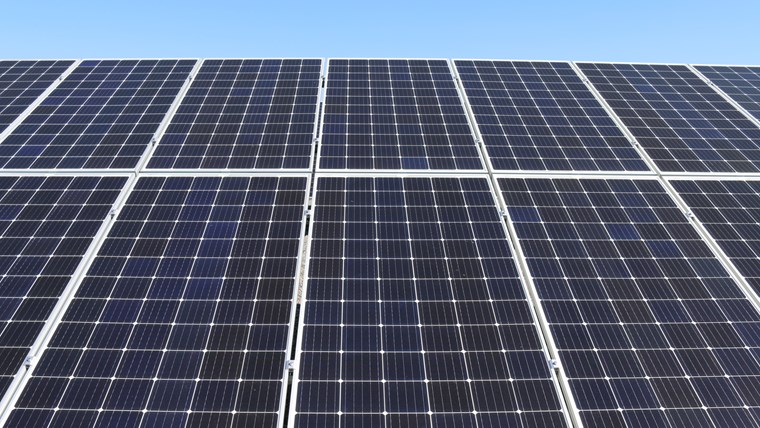- You are here:
- Home
- News Archive Folder
- March 2021
- £1.2 million project to decarbonise Skipton is set to begin
£1.2 million project to decarbonise Skipton is set to begin

Craven District Council has been successful in securing match funding towards a £1.2 million project to decarbonise Skipton.
Solar panels will be installed on a number of Council buildings including Skipton Town Hall and Craven Leisure, with work due to start this spring.
The funding has been awarded by the European Regional Development Fund and will enable the installation of carbon reduction and renewable energy technologies across Council properties.
The project includes over 1,800m2 solar panels, large ground source heat pumps, heat recovery, online energy monitoring, insulation, and public displays of carbon emissions in Council buildings.
The Council is also partnering with Yorkshire Housing to reduce carbon emissions and fuel bills in 28 properties in the Greatwood and Horse Close Estate.
The project will significantly reduce carbon emissions in the Council’s seven public buildings in Skipton including Craven Leisure, Skipton Town Hall, Aireview House, Waltonwrays Crematorium, Belle Vue Square and the new Waste Management depot. This forms part of Craven District Council ambition of achieving zero carbon emissions by 2030.
Paul Shevlin, chief executive of Craven District Council, said: “It’s fantastic that we have been able to secure this funding for this important project.
“Combating climate change is one of the biggest challenges we all face and this will help us play our part here in Craven. This is one of the Council’s key priorities for the next few years.
“We hope this project will also encourage others to think about the steps they can take to reduce carbon emissions and help tackle climate change. Everyone, from large businesses to individuals, can play a part.”
Craven District Council is funding £456,000 towards the scheme and Yorkshire Housing is contributing £88,250. It is estimated that the project will save £75,000 in gas and electricity costs each year, and reduce the Council’s building carbon emissions by nearly 30 per cent.

